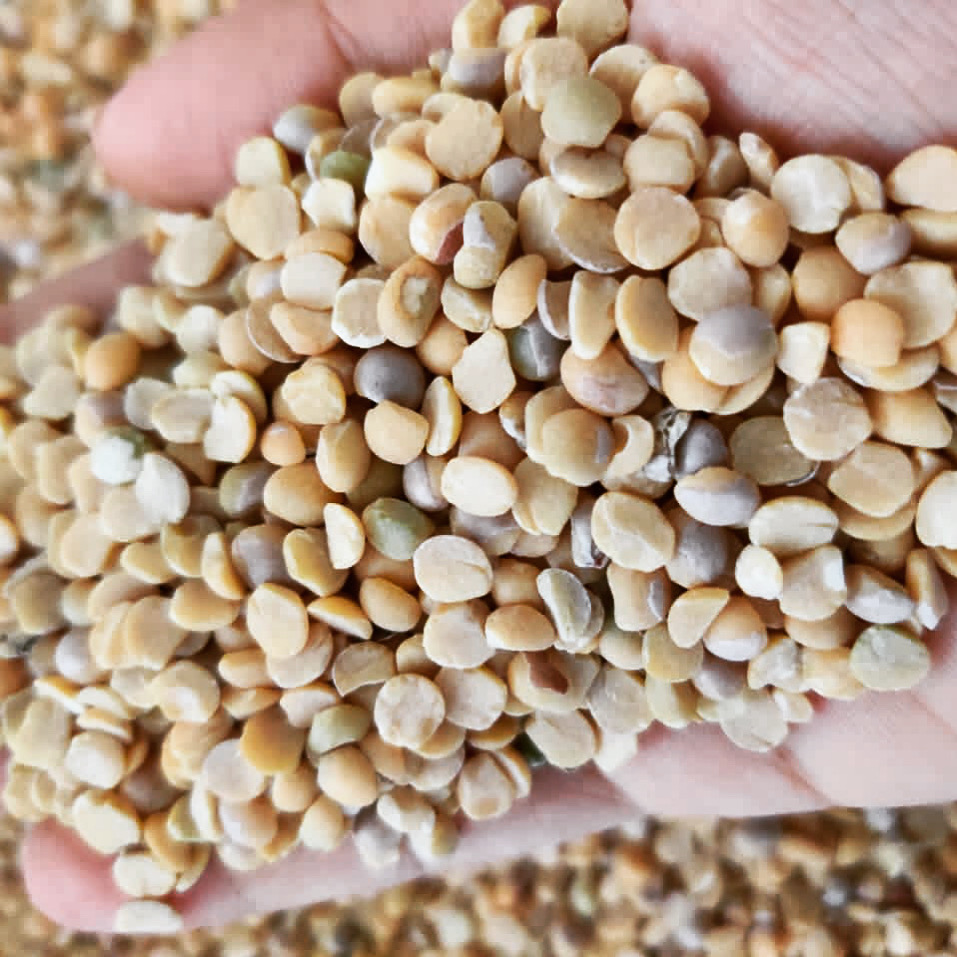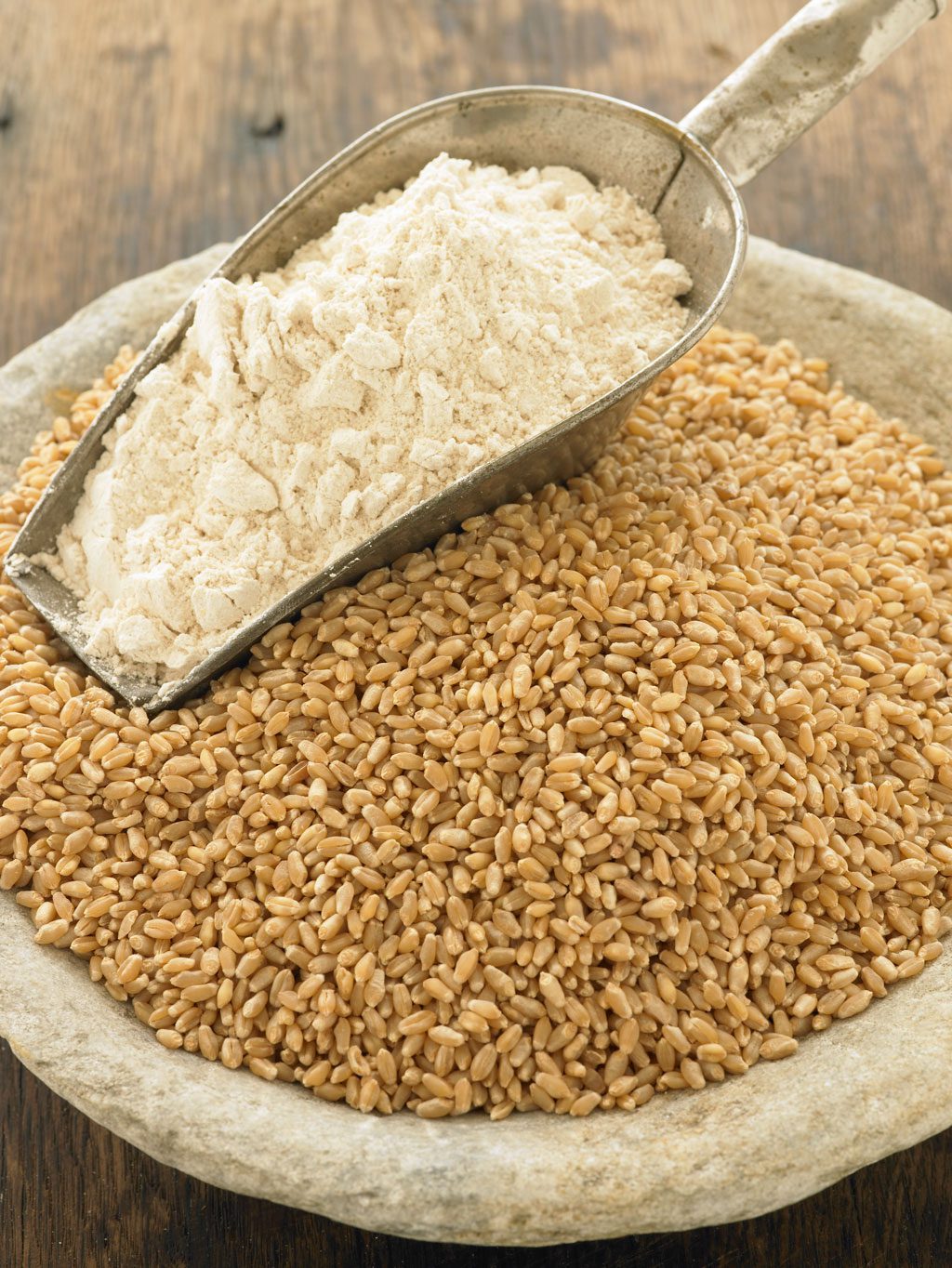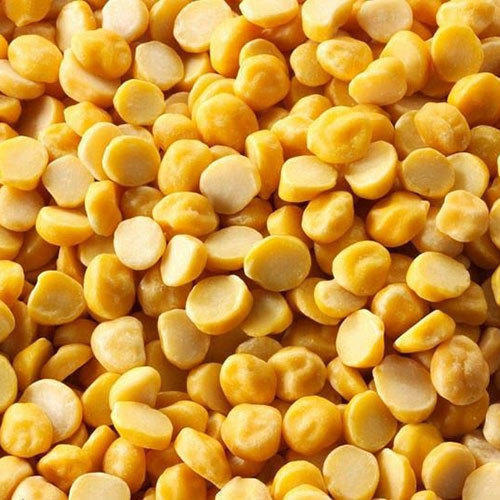Sowing period: June to July
Harvesting period: November to February
Crop season: Kharif
Key growing locations for Tur:
- Maharashtra – Amarawati, Wardha, Vashim, Latur, Buldhana, Akola
- Telangana – Adilabad, Warangal, Karimnagar, Nalgonda
- Karnataka – Gulbarga, Raichur, Bidar, Bijapur
- Madhya Pradesh – Raisen, Sehore, Hoshangabad, Narsinghpur
- Gujarat – Junagarh, Rajkot, Dahod
- Uttar Pradesh – Kanpur, Hathras, Hardoi, Agra
Production trend and Stock position:
- As per the Ministry of Agriculture third advance estimate released on May 25, 2021, Tur production for 2020-21 was 4.14 million metric tonnes (MMT) compared to previous year which was 3.89 MMT, up by 6.43 percent
- According to a notification / government order issued by Ministry of Finance issued on May 17, 2021, stated that the import policy for Tur, Urad and Moong has been revised from “Restricted” to “Free” up to October 31, 2021
- According to Directorate General of Commercial Intelligence and Statistics (DGCIS) India’s Exports of Tur in 2020-21 (April – February) stood at 17,445.81 MT and valued at ₹ 165.35 crores whereas India’s Import of Tur for the same period stood at 4.38 LMT valued at ₹ 2,227.23 crores
Monsoon Update
For the country as a whole, cumulative rainfall during this year’s monsoon season till June 23, 2021 is above Long Period Average (LPA) by 28 percent. Details of the rainfall distribution over the four broad geographical regions of India are given below:





Market commentary: Price outlook
- The Government had increased the Minimum Support Price (MSP) of Tur for next season by 5 percent to ₹ 6,300 per quintal for marketing year (MY) 2021-22 compared to ₹ 6,000 in 2020-21 which may encourage farmers to grow more Tur this year
- Overall Tur prices are likely to trade slightly steady to firm in the immediate / short term as domestic demand has been weak and mandi arrivals have been decreasing, in spite of the changed import policy which may restrict its upward movement beyond a certain level
- According to agriwatch website stockists and traders may try to push Tur prices up by holding stocks till Sep-Oct 2021 as the new crop will be not available before November 2021, but due to early monsoon rains which may encourage farmers to sow early and in turn can help cool down the markets as more area of would be covered
- On the other hand, NAFED still has around 3.44 LMT of old stock which can be pumped in if prices start increasing again








 Connect With Us
Connect With Us